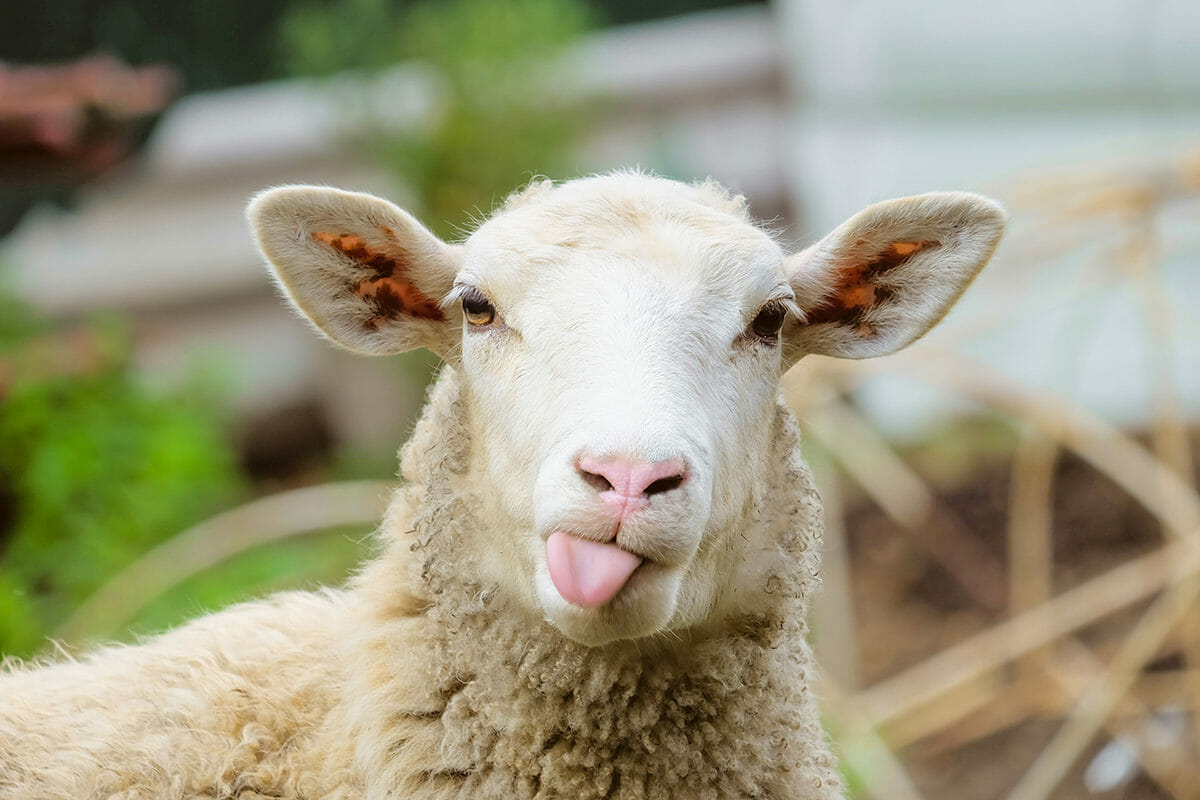Customizing a blog and portfolio site with Jekyll
It’s been a while since I’ve worked on this site. Although Jekyll was relatively easy to set up direclty from Github, customizing it has been a pain. When I first forked the site a few years ago, the default theme was, and still is, Minima. And attempt to switch up the theme results in a plethora of dependency issues, whether bewteen Github pages and Jekyll, or between Github pages and Ruby version, or between a plug-in and Jekyll. I gave up trying to customize it and let it sit in dust.
But alas, it’s high time the site gets a makeover. I cloned a local version of the site, and here’s a few simple things done to spruce it up.
For starters, I changed the avatar specified in _config.yml from the one imported from Github, to a specified one in the image folder avatar: ../images/my_img.jpg.
Then I added a new subsection to the site that would house projects. I’m sure there’s a multitude of ways how this can be achieved, but I simply filtered blog entries, and had them placed in either a blog section, or a project section based on categories.
- Create two folders,
blog/_posts, andprojects/_posts, and move the relevant blog posts from_postsinto their respective folders. Note that the folder name_postsis how the theme picks up the blog posts, and folder(s) of this name can be placed in the root folder or any number of subfolders. The folder_postsis no longer necessary. - Add the label category to the top of every blog post page. You probably already have something like:
layout: postspecified. Now we need to addcategory: blogorcategory: projectto each post in the two folders created above. - In
_layouts/default.html, add the nav menu item, in this case:<a href="/projects">Projects</a>. This will require we create the project page below. - In the current menu configuration, the home page is configured by
index.html. Since we had added the expectation of a new project page above, we need to create aproject.htmlpage. - To allow filtering of content based on categories, we need to filter blog posts based on the relevant category. In the case of projects, we need to add
to the iteration of site posts. In the case of blog posts, we need to add.
